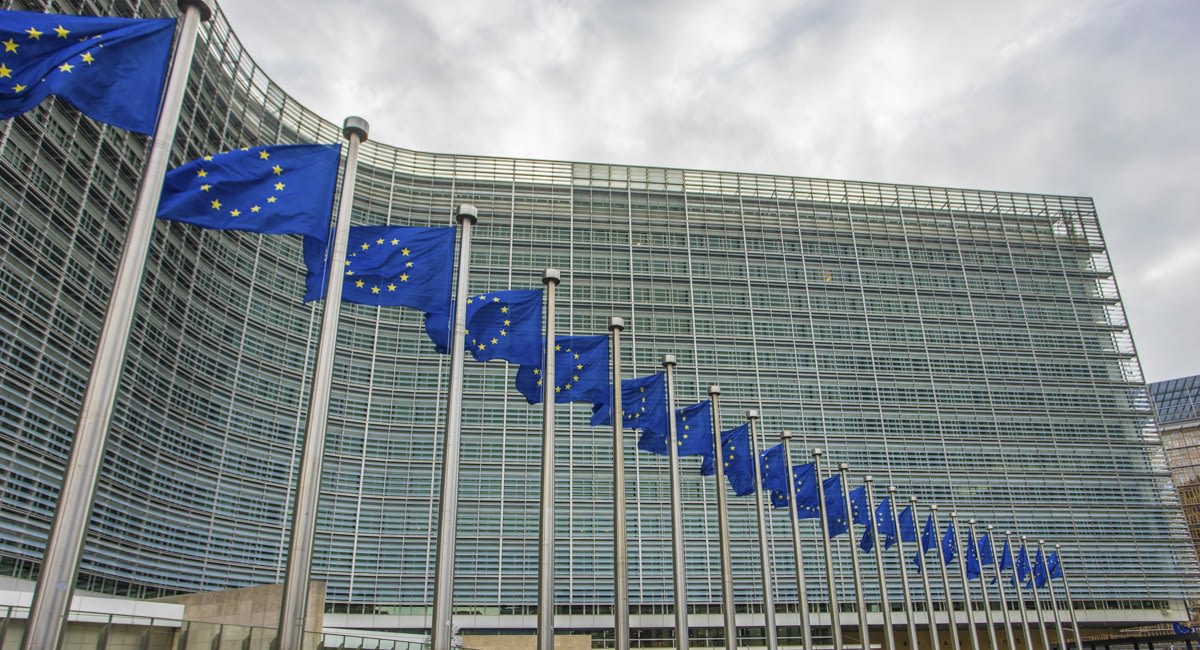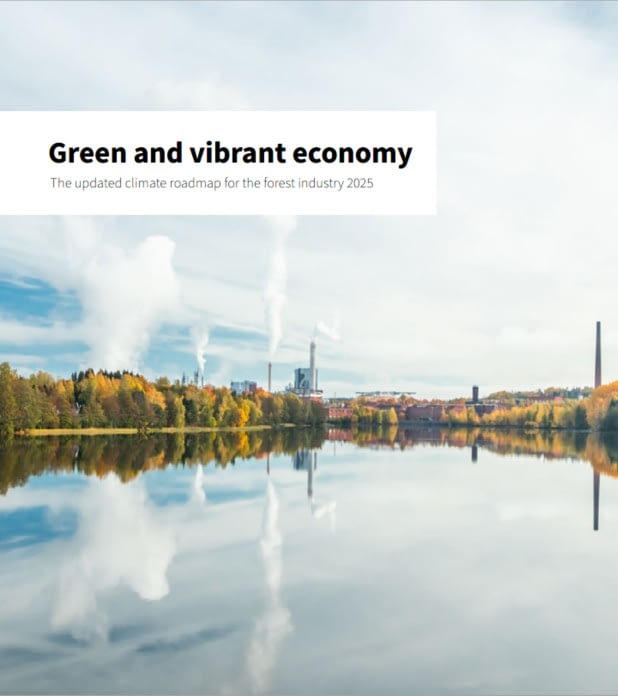The outcome of the Packaging and Packaging Waste Regulation (PPWR) trilogy negotiations has been approved by the European Parliament. The regulation is one step away before transitioning to be implemented by member states.
On Wednesday April 24th the European Parliament approved the preliminary agreement achieved in the trilogy negotiations between the Parliament and the Council earlier in March. Finnish forest industry appreciates the regulation ending up more friendly towards well circulating fiber-based packaging. One of the key achievements of the final regulation is more equal balance between recycling and reuse.
Unlike the Commission’s version of the regulation, the final text ended up reversing several actions restricting the use of recyclable packaging. For example, well-circulating cardboard packaging (boxes) were by default left out from the reuse targets of transport, group, and e-commerce packaging. Furthermore, certain transportation and sales packaging tailored to individual customer needs were also exempted from these requirements.
Regarding the regulation’s long-term goals, the stance of the Parliament and the Council shifted to a more moderate approach, as the reuse targets extending to 2040 are not any longer compulsory.
“It is wise that the long-term reuse targets were removed. Through the whole process, the FFIF has been pointing out that the overall environmental impacts of increasing reuse in packaging must be thoroughly understood before setting overly ambitious goals”, says Aaron Vuola, the Finnish Forest Industries Federation’s manager of circular economy and environment.
Next, the regulation proceeds to the final approval of the European Council, which is expected to take place before the end of the year if not before the summer. After that it will be published in the Official Journal of the EU (estimated Q4 / 2024) and enter into force 20 days after the publication. The regulation will be applied 18 months after entry into force (estimated Q3 / 2026).
“After all, the regulation is still ambitious when moving to the implementation phase, and the full details arising from the large body of secondary legislation that will follow are yet to be discovered. The FFIF will continue its work together with the value chain to secure that the role of fiber-based packaging is better recognized under the regulation”.
Read here more precise report of the regulation’s content.







